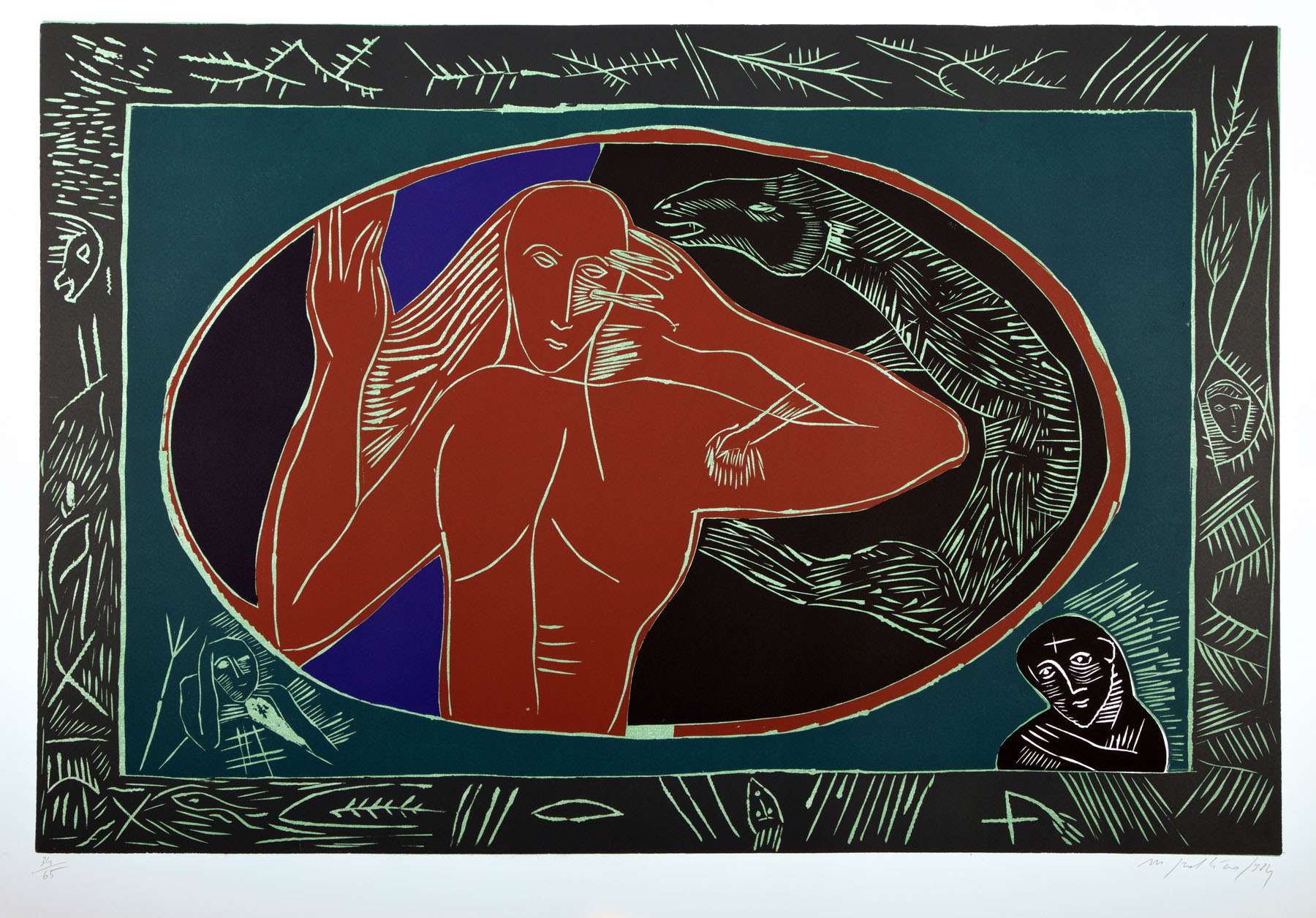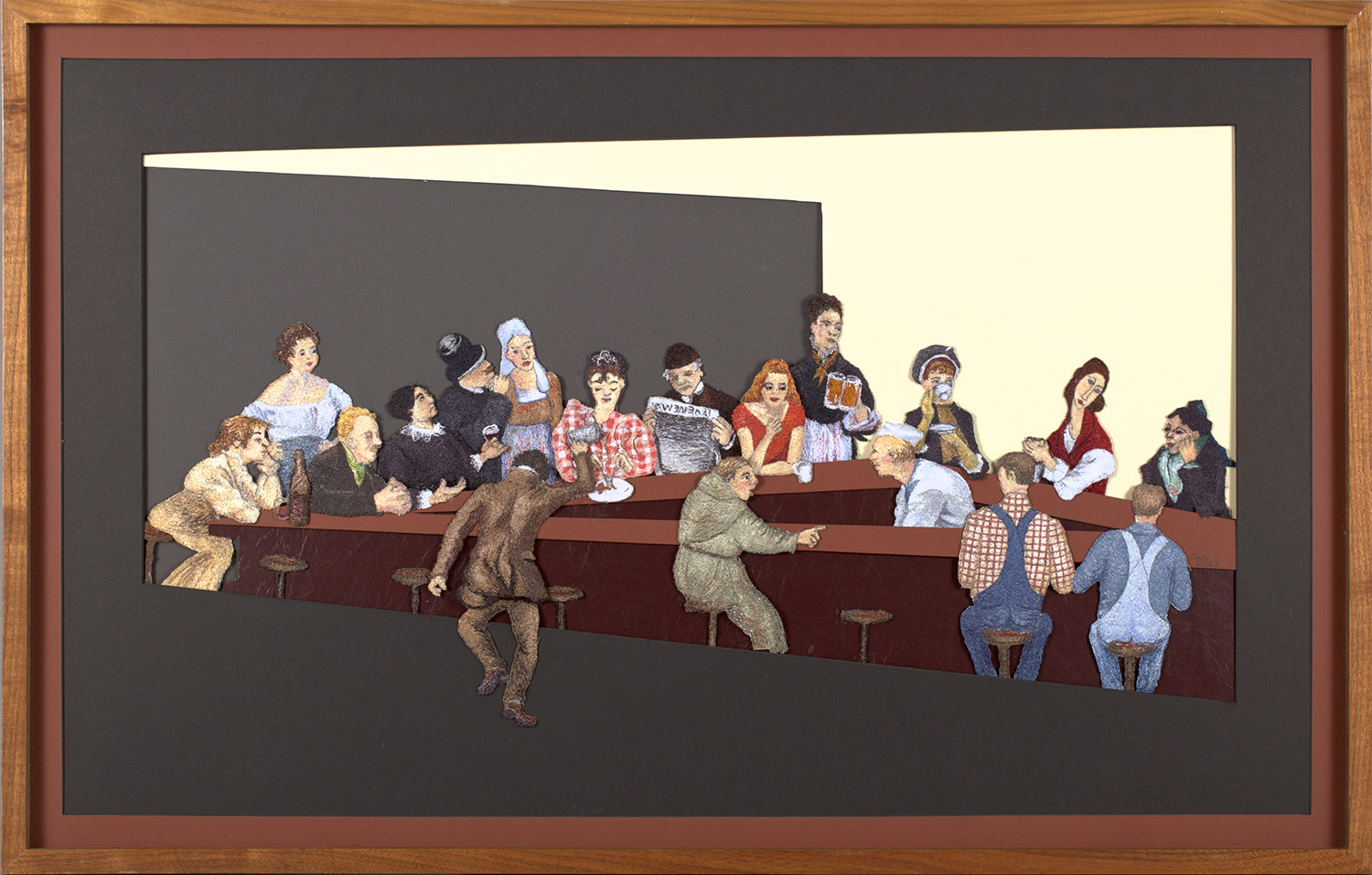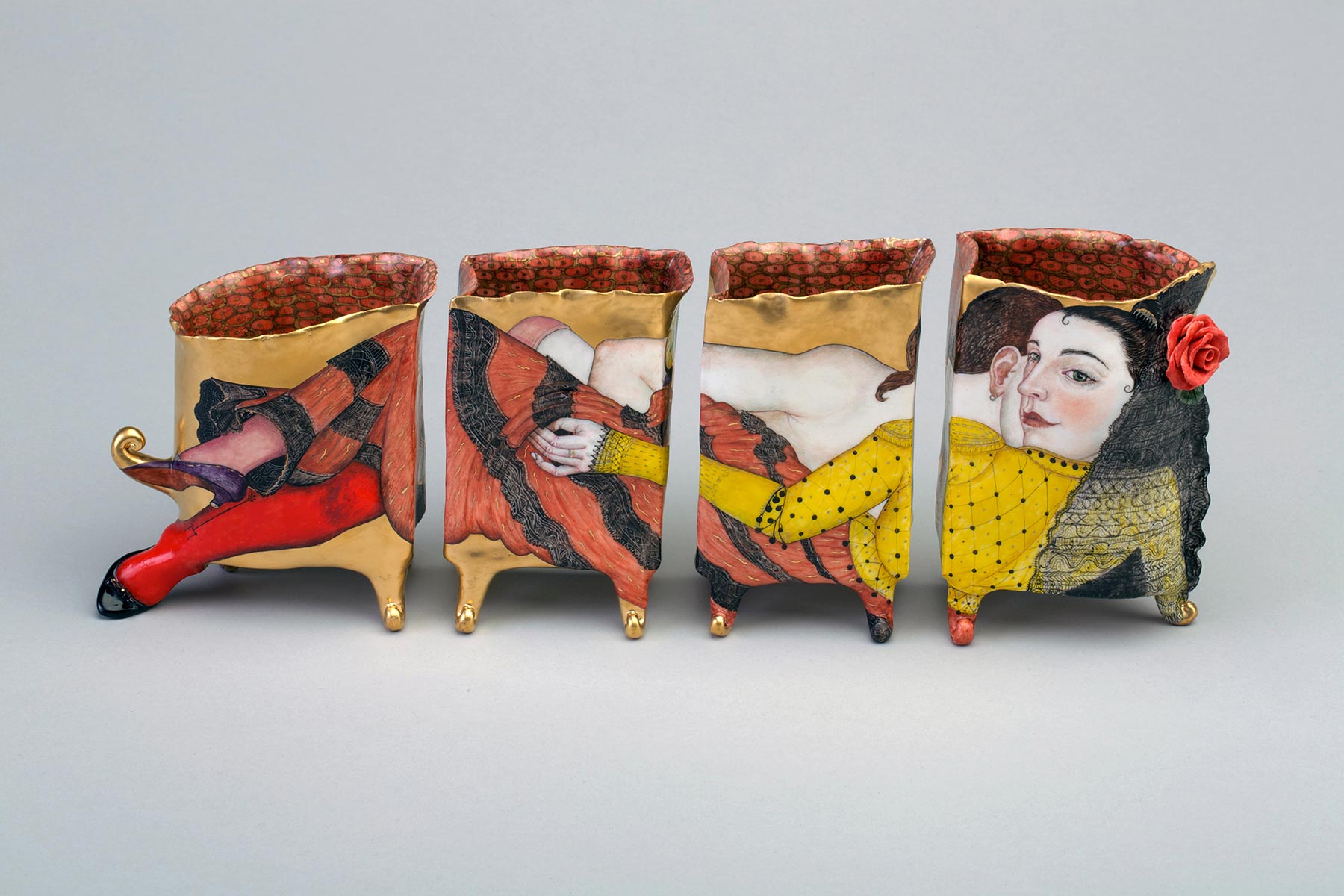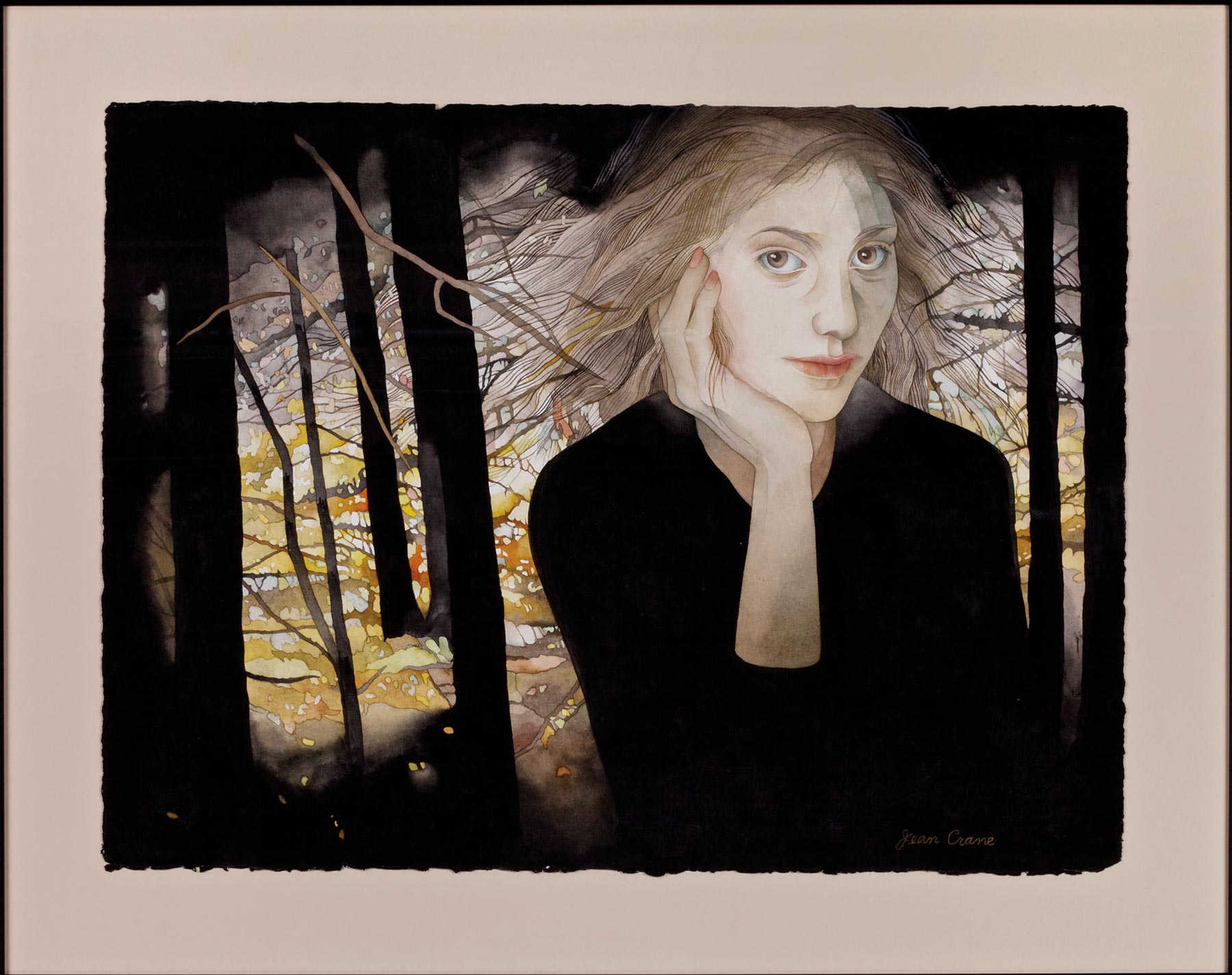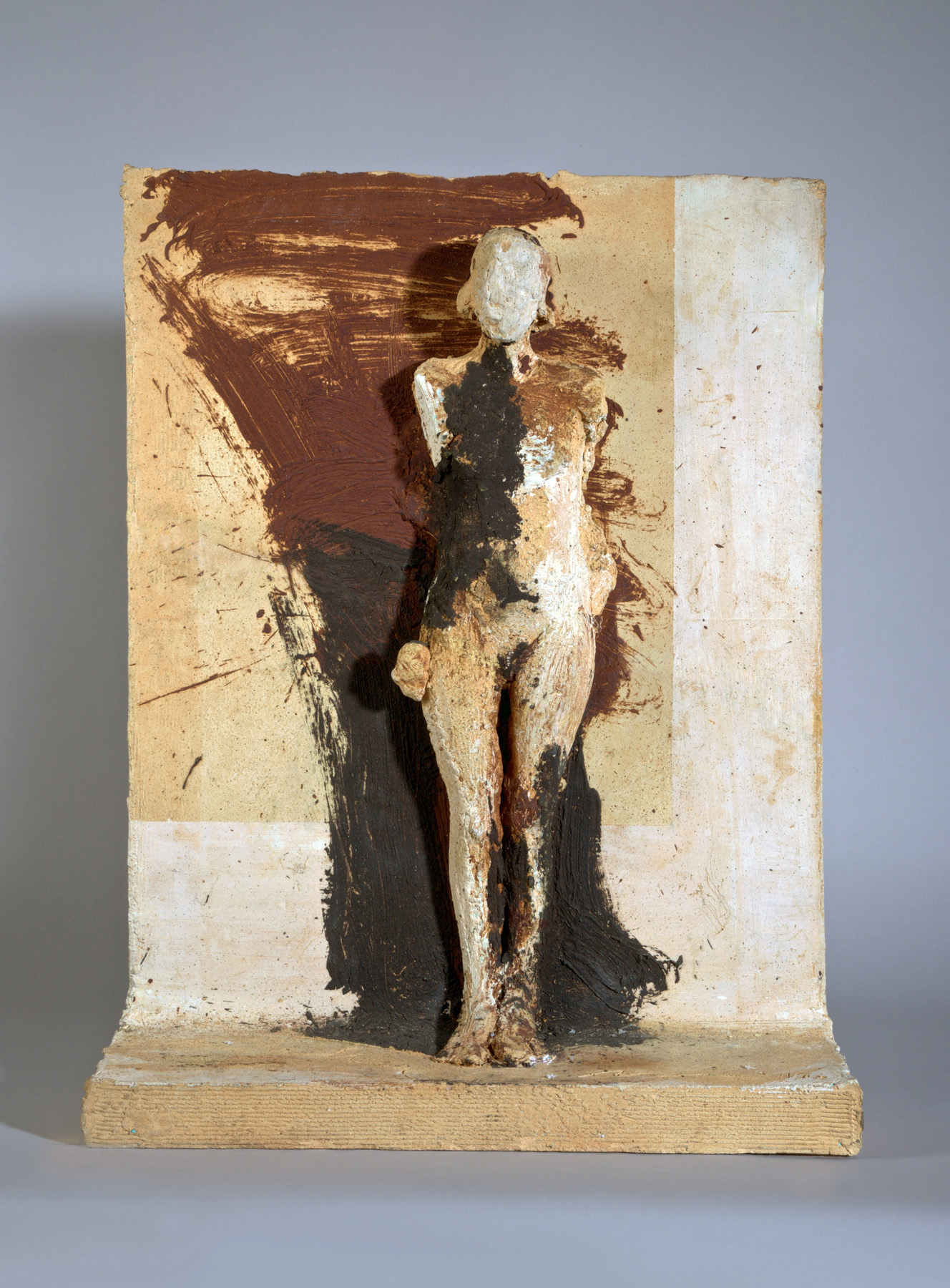
Manuel Neri
Maha-Ceramic Relief II, 1986
Fired clay with pigment
Racine Art Museum, Gift of the Manuel Neri Trust
Photography: Jon Bolton
Body Language: New Acquisitions of Figurative Work
January 18 – May 3, 2015
at Racine Art Museum
The figure is used to tell stories, to symbolize existence, and to represent the human condition. Featuring works new to RAM’s collection, Body Language reflects ourdesire to study, analyze, and respond to the human body as form and content. Whether clay, fiber, or paint on canvas, the works included in this exhibition underscore the enduring artistic interest in the body as subject.
The figure has been represented in two and three dimensions as far back as records can be found. Classes based on the study of the human form and anatomy have long served as a basis for academic art training. While a body can be used to denote the human presence, emotions, mood, and actions—as well as function as a compositional element—modern artists have also sought to use it as a “site” for investigating social, cultural, and personal issues. As just one example, in the 1970s and 1980s, many artists were looking at how attitudes about women and their place in society could be understood by looking at how a female body was depicted. What differences were there between nude and clothed representations? How did the look of the body itself reflect social or cultural attitudes?
Reflecting a range of approaches to depicting the human form, Body Language includes both two- and three-dimensional full-body figures—nude and clothed—and fragments, such as a head or feet. The difference in methods and materials reflects the pervasive nature of the subject and the diversity of work in RAM’s collection. The pieces included represent gifts from the last three years—works new to RAM, many of which have not been on display before.
RAM is pleased to present multiple works by two internationally known artists, Manuel Neri and Mimmo Paladino. Both artists are associated with movements that emphasized expressive gesture, line, surface, and color. Both investigate the figure as form and content. Their work is featured prominently to reflect their significant roles in contemporary art and as important artists new to RAM’s collection.
More About the Exhibition
Artists in the Exhibition
Robert Arneson, William Bernstein, Jappie King Black, Nancy Carman, Paul Caster, Warrington Colescott, Lena Cronqvist, Jean Crane, Erwin Eisch, Shane Fero, Franz Gertsch, Danielle Gori-Montanelli, Cindy Hickok, Judith Hoyt, Sergei Isupov, Rosita Johanson, Geo Lastomirsky, Lisabeth Levine, Schomer Lichtner, Michael Lucero, Eikoh Hosoe, June Jason, Frank Lobdell, Michael Mazur, Norma Minkowitz, Judy Moonelis, Odd Nerdrum, Manuel Neri, Matt Nolen, Mimmo Paladino, Michael Pry, Gerhard Ribka, Marissa Saneholtz, Edwin Scheier, Akio Takamori, Xavier Toubes, Marlene True, Beth Van Hoesen, Patty Warashina, Ann Wolff, Beatrice Wood, Katharine Wood, Irina Zaytceva
Body Language: New Acquisitions of Figurative Work
January 18 – May 3, 2015
at Racine Art Museum

Manuel Neri
Maha-Ceramic Relief II, 1986
Fired clay with pigment
Racine Art Museum, Gift of the Manuel Neri Trust
Photography: Jon Bolton
The figure is used to tell stories, to symbolize existence, and to represent the human condition. Featuring works new to RAM’s collection, Body Language reflects our desire to study, analyze, and respond to the human body as form and content. Whether clay, fiber, or paint on canvas, the works included in this exhibition underscore the enduring artistic interest in the body as subject.
The figure has been represented in two and three dimensions as far back as records can be found. Classes based on the study of the human form and anatomy have long served as a basis for academic art training. While a body can be used to denote the human presence, emotions, mood, and actions—as well as function as a compositional element—modern artists have also sought to use it as a “site” for investigating social, cultural, and personal issues. As just one example, in the 1970s and 1980s, many artists were looking at how attitudes about women and their place in society could be understood by looking at how a female body was depicted. What differences were there between nude and clothed representations? How did the look of the body itself reflect social or cultural attitudes?
Reflecting a range of approaches to depicting the human form, Body Language includes both two- and three-dimensional full-body figures—nude and clothed—and fragments, such as a head or feet. The difference in methods and materials reflects the pervasive nature of the subject and the diversity of work in RAM’s collection. The pieces included represent gifts from the last three years—works new to RAM, many of which have not been on display before.
RAM is pleased to present multiple works by two internationally known artists, Manuel Neri and Mimmo Paladino. Both artists are associated with movements that emphasized expressive gesture, line, surface, and color. Both investigate the figure as form and content. Their work is featured prominently to reflect their significant roles in contemporary art and as important artists new to RAM’s collection.
More About the Exhibition
Artists in the Exhibition
Robert Arneson, William Bernstein, Jappie King Black, Nancy Carman, Paul Caster, Warrington Colescott, Lena Cronqvist, Jean Crane, Erwin Eisch, Shane Fero, Franz Gertsch, Danielle Gori-Montanelli, Cindy Hickok, Judith Hoyt, Sergei Isupov, Rosita Johanson, Geo Lastomirsky, Lisabeth Levine, Schomer Lichtner, Michael Lucero, Eikoh Hosoe, June Jason, Frank Lobdell, Michael Mazur, Norma Minkowitz, Judy Moonelis, Odd Nerdrum, Manuel Neri, Matt Nolen, Mimmo Paladino, Michael Pry, Gerhard Ribka, Marissa Saneholtz, Edwin Scheier, Akio Takamori, Xavier Toubes, Marlene True, Beth Van Hoesen, Patty Warashina, Ann Wolff, Beatrice Wood, Katharine Wood, Irina Zaytceva
Sample of Work in the Exhibition
Click/tap an image for more information
Exhibitions at RAM are made possible by:
Platinum Partners
Anonymous
The Estate of Karen Johnson Boyd
David Charak
Ron and Judith Isaacs
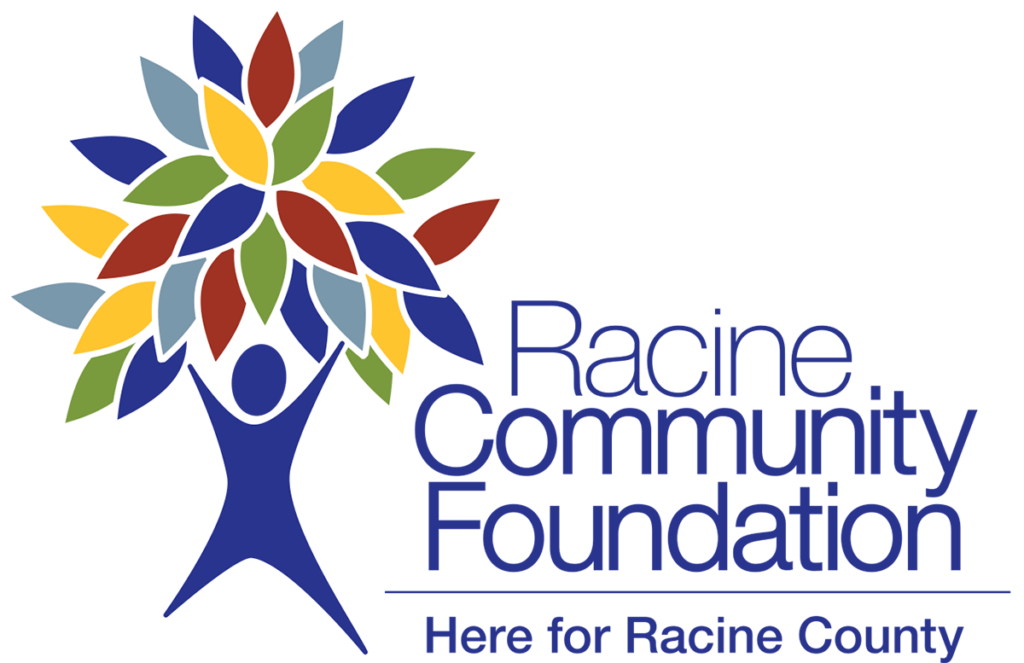
The Estate of Marilyn Rothschild
Windgate Foundation
Diamond Partners
Ruffo Family Foundation
Ruth Arts Foundation
Diane Zebell
Gold Partners
Anonymous
Judith and David Flegel Fund
Robert E. Kohler Jr. Fund
Osborne and Scekic Family Foundation
Reliance Controls
Trio Foundation of St. Louis
W.T. Walker Group, Inc.
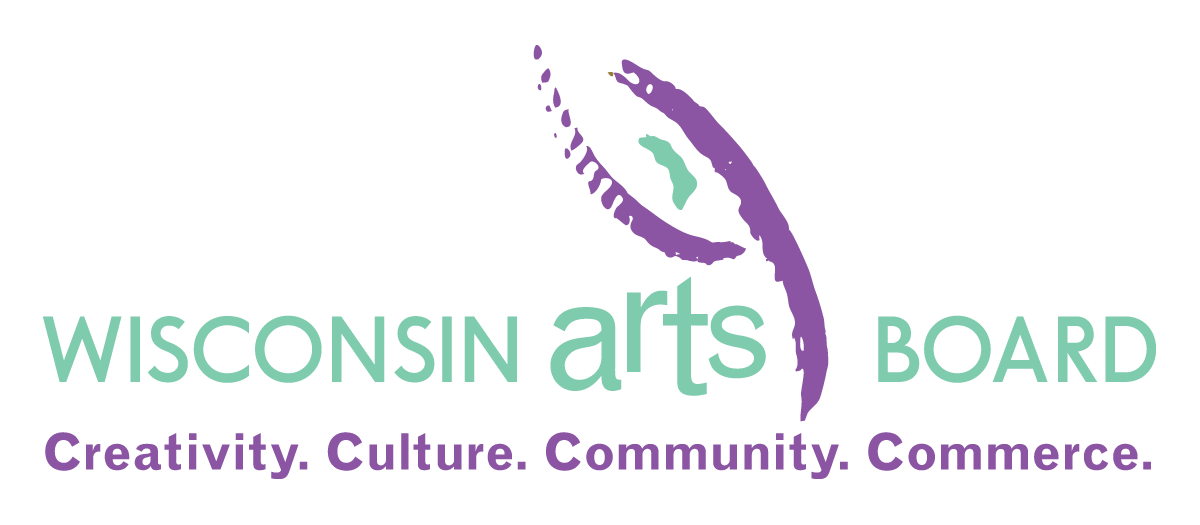
Silver Partners
Anonymous
Bader Philanthropies
Baird
Dave’s Wine Garage
Lucy G. Feller
Ben and Dawn Flegel
Sharon and Tom Harty
Paula Kalke
Horizon Retail Construction, Inc.
Johnson Financial Group
Dorothy MacVicar
Willard and Mary Walker
Bronze Partners
Sandy and Gus Antonneau
Carol Baylon
Rose and Peter Christensen
Educators Credit Union
Patricia and Richard Ehlert
Deborah Ganaway
Carol Griseto
Hitter’s Baseball
Bill and Debbie Keland
Susan Manalli
Norbell Foundation
O&H Danish Bakery
JoAnna Poehlmann
Rasmussen Diamonds
SC Johnson
Harold and Lois Solberg
Kathy Stranghellini
Twin Disc
Janna Waldeck
Barbara Waldman
Marc J. Wollman
Media Sponsor
Stay in Touch
The Racine Art Museum and RAM’s Wustum Museum work together to serve as a community resource, with spaces for discovery, creation, and connection. Keep up to date on everything happening at both museum campuses—and beyond—by subscribing to our email newsletter:


